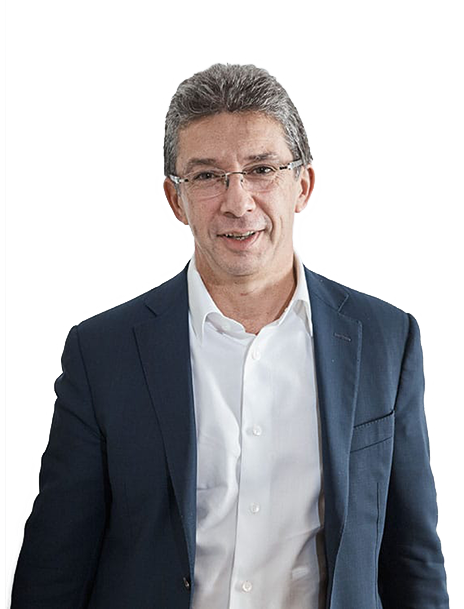If one year summed up the difference between sitting on your laurels and being a dynamic,
adaptive company, it must surely be 1984. A maiden flight from Gatwick Airport to Newark Liberty International Airport launched Virgin Atlantic. A startup launched the Macintosh computer. And one of the world’s leading companies, specializing in
the production and sale of computer hardware, middleware and software, was riding high.
IBM was at the pinnacle of its success, having cornered a large market share of the computing-for-business sector. It had helped to put a man on the moon,
while its development of the scanning tunnelling microscope would earn two of its researchers, Gerd Binnig and Heinrich Rohrer, the Nobel Prize in Physics in 1986. Yet, by 1993 it had posted what at the time was the biggest loss in the history of corporate
America – $8 billion.
The company had failed to adapt to the new landscape, and was being abandoned by once-loyal customers, who found its competitors’ solutions had overtaken those of IBM. In particular, it had misread the
potential of using servers to augment the power of computers – which made email and the internet possible – and also the spread of personal computing. It wasn’t until it hired a new CEO with a fresh mind-set that the company began to
recover some of its status. In one of his first statements as CEO, Louis V. Gerstner Jr. made it clear the business would need to change in order to survive:
“I think the greatest challenge facing the company is not to put in place
all the fundamentals needed to succeed in this industry, but rather to adapt our strategy, structure and culture to a world of constant change. IBM will be marching to a different drummer, but we will preserve those things that made this the great company
it still is today. I’m not seeking change for change’s sake. I’m seeking change for IBM’s sake.”
Gerstner had correctly read the changing market environment and recognized that, among other things, the increasing
diversity within their customers’ computer systems necessitated integrated technology solutions, which IBM, with its size and expertise, was able to provide. After taking dramatic action to realign the business it recorded profits of $4 billion
in 1994.
Market disruption
In 2007, four out of every ten mobile phones sold around the world were made by Nokia. The company had a 40 percent market share, larger than three of its rivals – Motorola, Sony and Samsung – put together. The Finnish company was a source
of national pride, and stayed ahead of its competitors due to its ability to penetrate emerging markets such as India, China, the Middle East and Africa.
Its strategy was to target these developing markets with cheaper handsets. And while
the return on each phone sold was less, it was able to achieve smaller returns on larger numbers of sales – contrasting its competitors that focused on achieving larger returns from fewer sales. Nokia’s strategy paid off.
But
just over a decade on, in 2018, the picture was a very different one. The market disruption caused by Apple’s introduction of the iPhone, along with the advent of the smartphone era, led to Nokia’s market share dipping to 1 percent in
Q1 of 2018. The company had not reacted quickly enough to changing consumer demands, while its legacy distribution model become outmoded as Apple created new forms of user experience.
The company had to change, and it did so by reshaping
itself. It moved away from being a handset maker, to a successful supplier of network infrastructure to the telecom industry. It was this shift in strategy that allowed the company to recover, and rebuild some of its former status in the telecoms
sector, declaring an annual revenue of $26.647 billion for 2018.
Unsmoking the world
Every aspect of our life is changing with unprecedented pace. Technology, innovation, and scientific discoveries are impacting all of us around the world and have had a direct impact on the tobacco industry as well. Philip Morris International (PMI) also
decided to transform itself to respond to the changing reality. The company is committed to delivering a smoke-free future. Our message is clear: if you don’t smoke, don’t start. If you smoke, quit. If you don’t quit, then change.
In 2018, 92 percent of PMI’s $383 million research and development spend went on smoke-free products, which now amounts to nearly 14 percent of its total net revenues. The company wants to increase this to at least 38 percent by 2025,
illustrating its commitment to the fundamental change it has made.
Speaking at an event at the Boston College Chief Executives Club, PMI CEO André Calantzopoulos said “We are essentially disrupting our business from the inside
out. I can’t think of any other business that has attempted such a transformation before. Certainly no other tobacco company.” *
*André Calantzopouplos was speaking in his role as CEO at the time. On May 5, 2021, Jacek Olczak succeeded Mr. Calantzopoulos as CEO, and Mr. Calantzopoulos became Executive Chairman of the Board.




